What Food Is In Japan that captivates the world with its delicate flavors and artistic presentation? At FOODS.EDU.VN, we invite you on a culinary journey through the heart of Japan, exploring its most iconic dishes and regional specialties while uncovering hidden culinary gems. Discover the essence of Japanese cuisine, from fresh sushi to heartwarming ramen, and learn about the key ingredients and cooking techniques that make Japanese food so unique.
1. Sushi: The Art of Flavor and Freshness
Sushi, often synonymous with Japanese cuisine, is far more than just raw fish on rice. It’s an art form that balances flavor, texture, and visual appeal. The foundation of sushi is sushi meshi, vinegared rice, which complements the neta, the topping. Neta can include various types of seafood, vegetables, and even egg.
There are several types of sushi, each with its distinct presentation:
- Nigiri: Hand-pressed sushi with a slice of fish draped over the rice.
- Maki: Rolled sushi, with ingredients encased in seaweed (nori).
- Temaki: Hand-rolled cones of seaweed filled with rice and toppings.
- Chirashi: A bowl of rice topped with a variety of scattered ingredients.
The quality of sushi depends heavily on the freshness of the ingredients. High-end sushi restaurants, like those mentioned in “Sushi Shokunin: Japan’s Culinary Masters” by Andrea Fazzari, often source their seafood daily from local markets to ensure peak flavor and texture. The preparation of the rice is also crucial; it must be perfectly cooked and seasoned to complement the flavors of the neta.
The Etiquette of Eating Sushi:
- Use chopsticks or your fingers to pick up the sushi.
- Dip the neta side into the soy sauce, not the rice.
- Eat the sushi in one bite if possible.
- Ginger (gari) is used to cleanse the palate between different types of sushi.
2. Ramen: A Bowl of Comfort and Complexity
Ramen, a noodle soup dish, is a staple in Japanese cuisine. While its origins can be traced back to China, ramen has been adapted and refined in Japan to create a diverse array of regional variations. The key components of ramen are the noodles, the broth, and the toppings.
The noodles are typically made from wheat flour, water, salt, and kansui, an alkaline mineral water that gives the noodles their characteristic yellow color and chewy texture. The broth is where ramen varieties truly shine. Common broth styles include:
- Tonkotsu: A rich, creamy broth made from pork bones, simmered for hours to extract maximum flavor.
- Shoyu: A soy sauce-based broth that is clear and savory.
- Miso: A fermented soybean paste-based broth that is hearty and umami-rich.
- Shio: A salt-based broth that is light and delicate.
Ramen toppings vary widely, but common options include:
- Chashu: Braised pork belly.
- Menma: Pickled bamboo shoots.
- Negi: Sliced green onions.
- Nori: Dried seaweed.
- Ajitama: Soft-boiled egg marinated in soy sauce.
According to “Ivan Ramen: Love, Obsession, and Recipes from Tokyo’s Most Unlikely Noodle Shop” by Ivan Orkin, a celebrated ramen chef, the key to exceptional ramen lies in the balance of the broth, noodles, and toppings. Each element should complement the others, creating a harmonious and satisfying bowl.
Regional Ramen Variations:
| Region | Ramen Style | Broth | Key Toppings |
|---|---|---|---|
| Hakata | Tonkotsu Ramen | Rich pork bone broth | Thin noodles, chashu, pickled ginger |
| Sapporo | Miso Ramen | Miso-based broth | Corn, butter, bean sprouts |
| Kitakata | Shoyu Ramen | Clear soy sauce broth | Thick, flat noodles, chashu |
| Tokyo | Shoyu Ramen | Soy sauce broth with dashi | Curly noodles, chashu, nori |
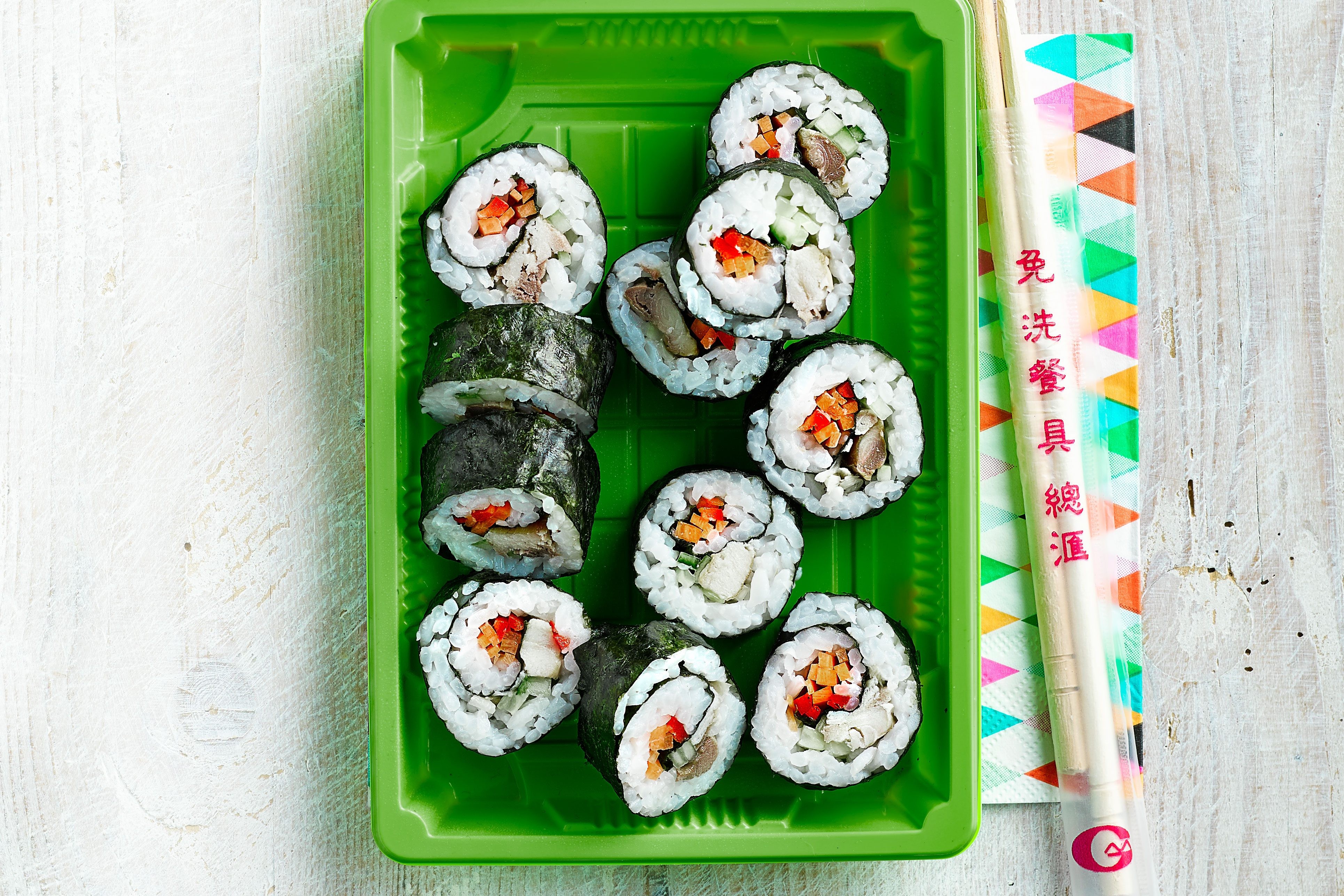
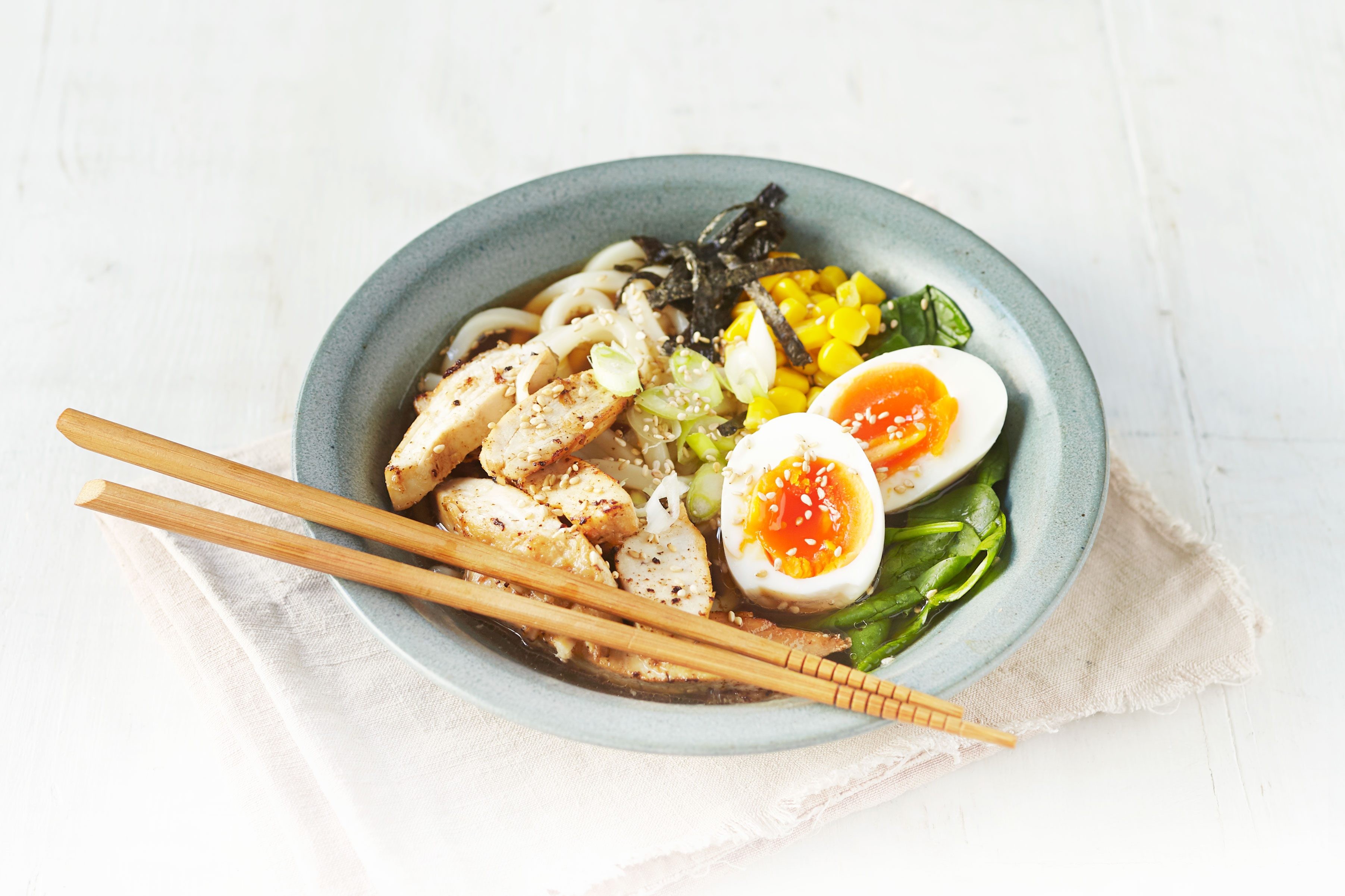
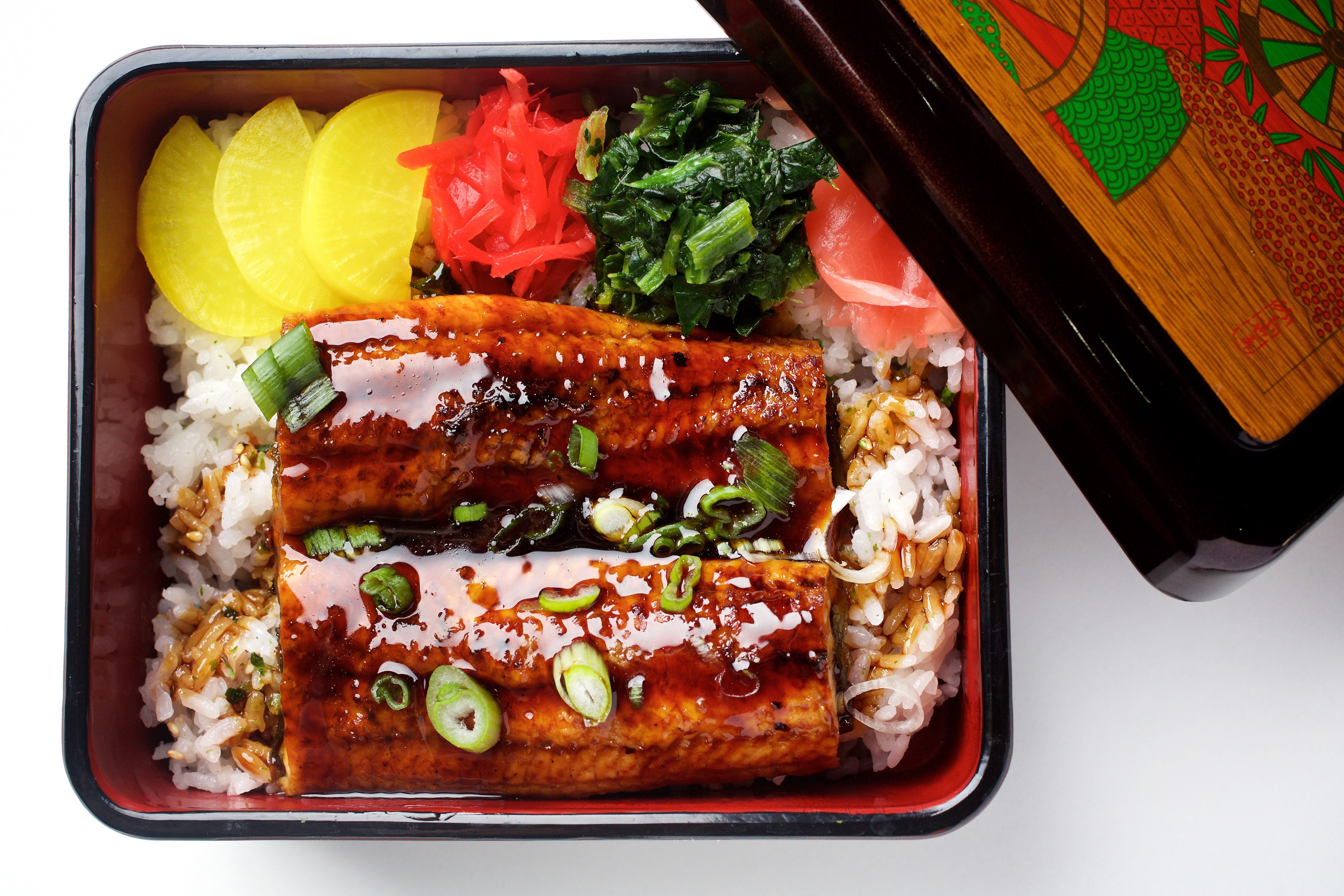
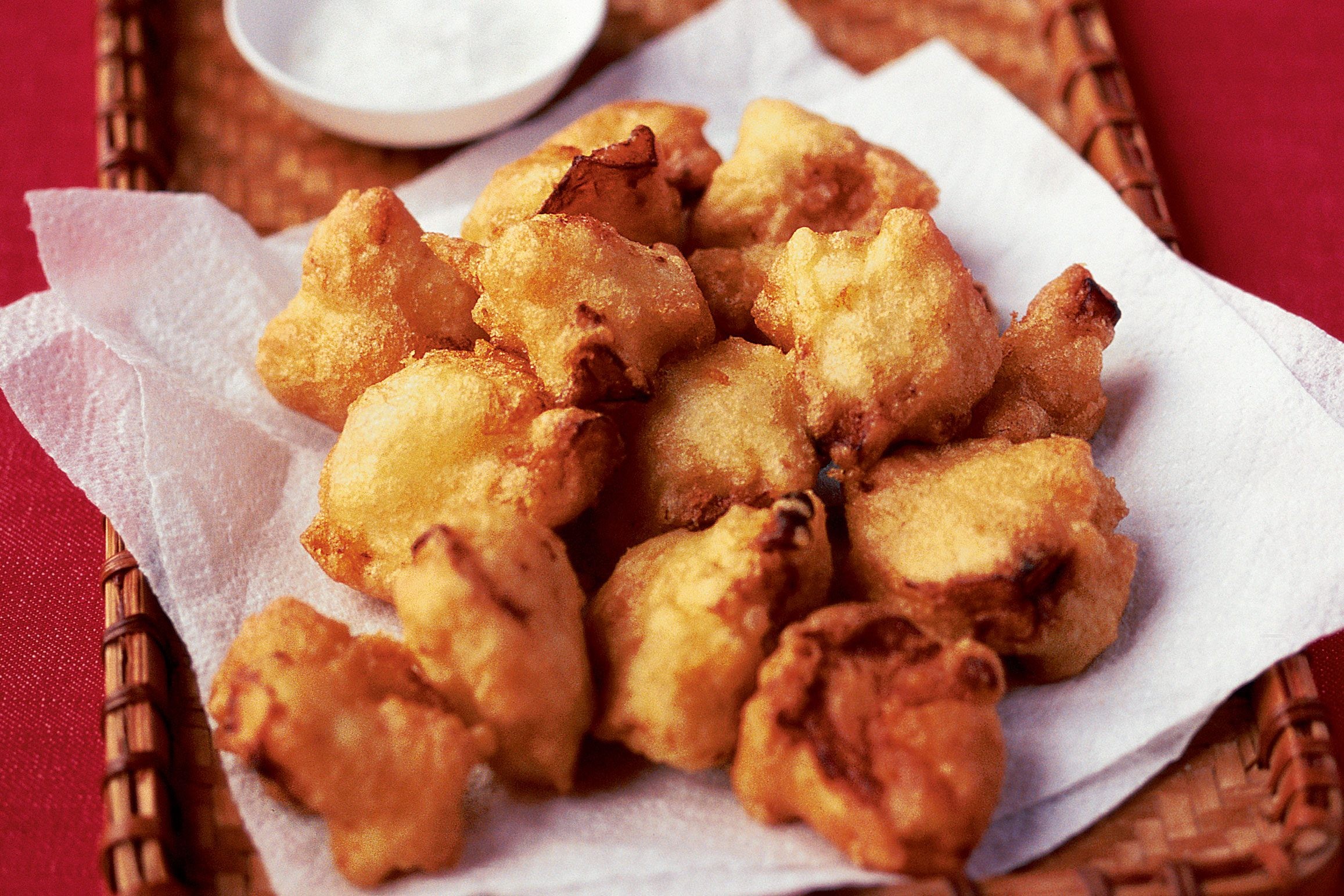
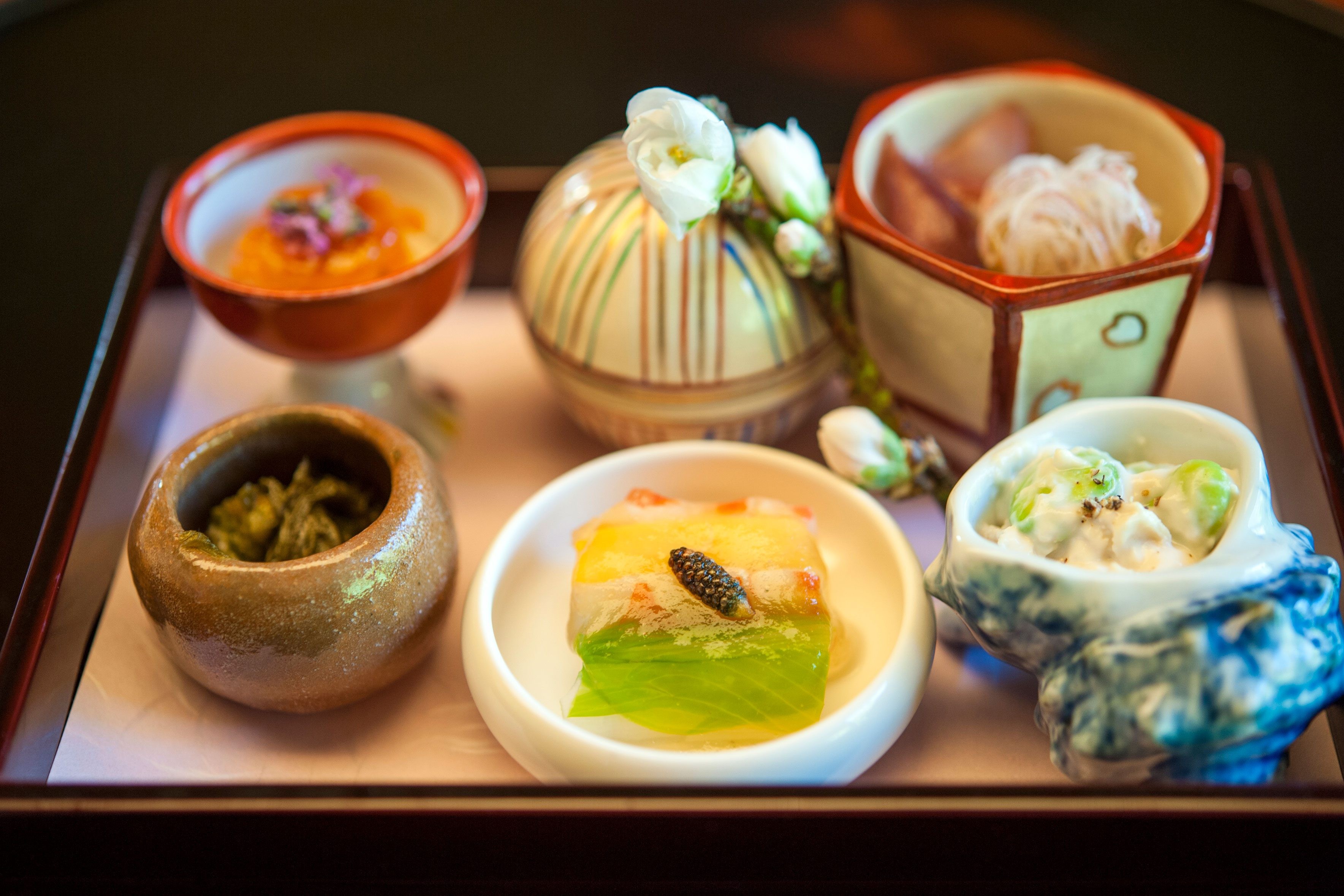
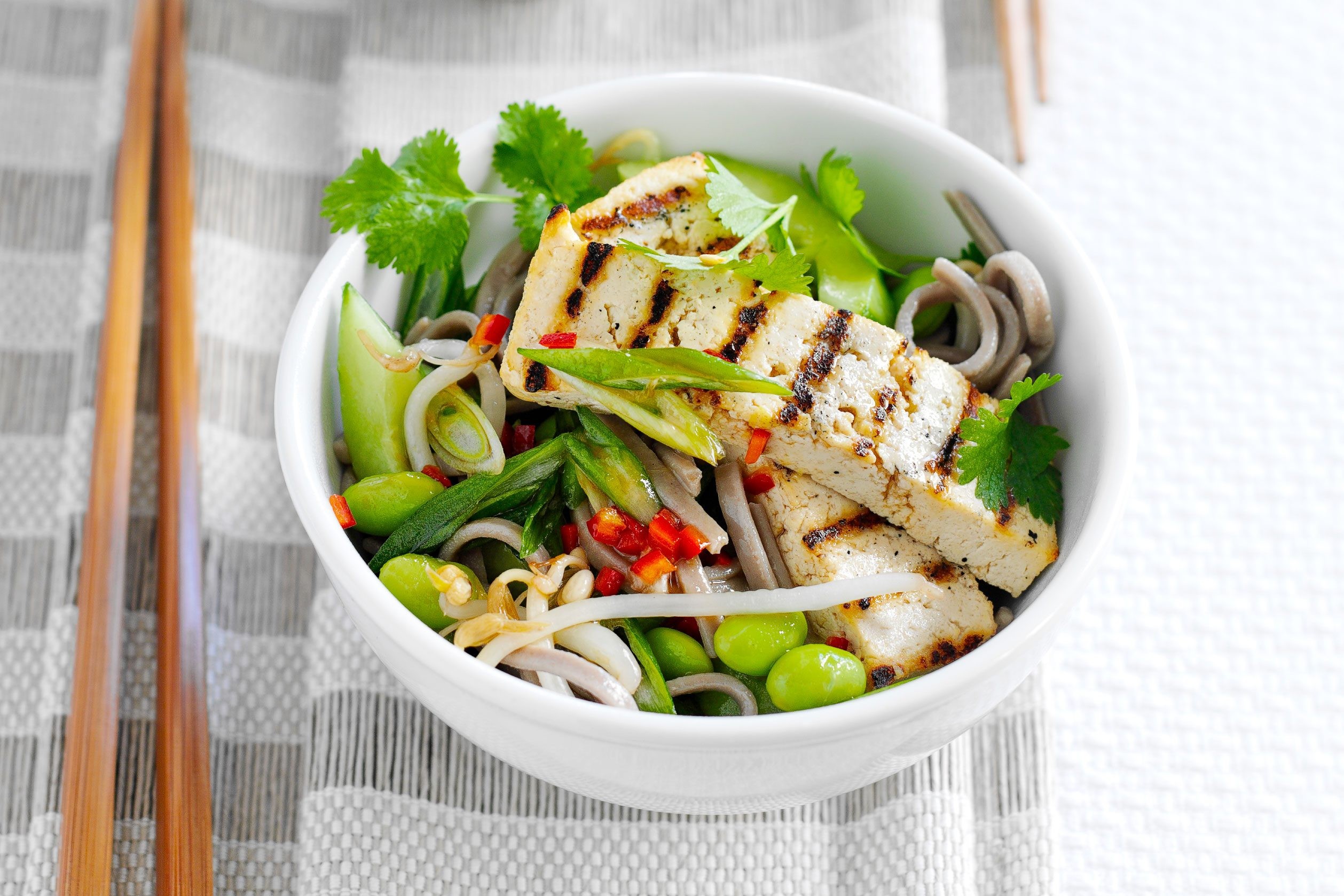
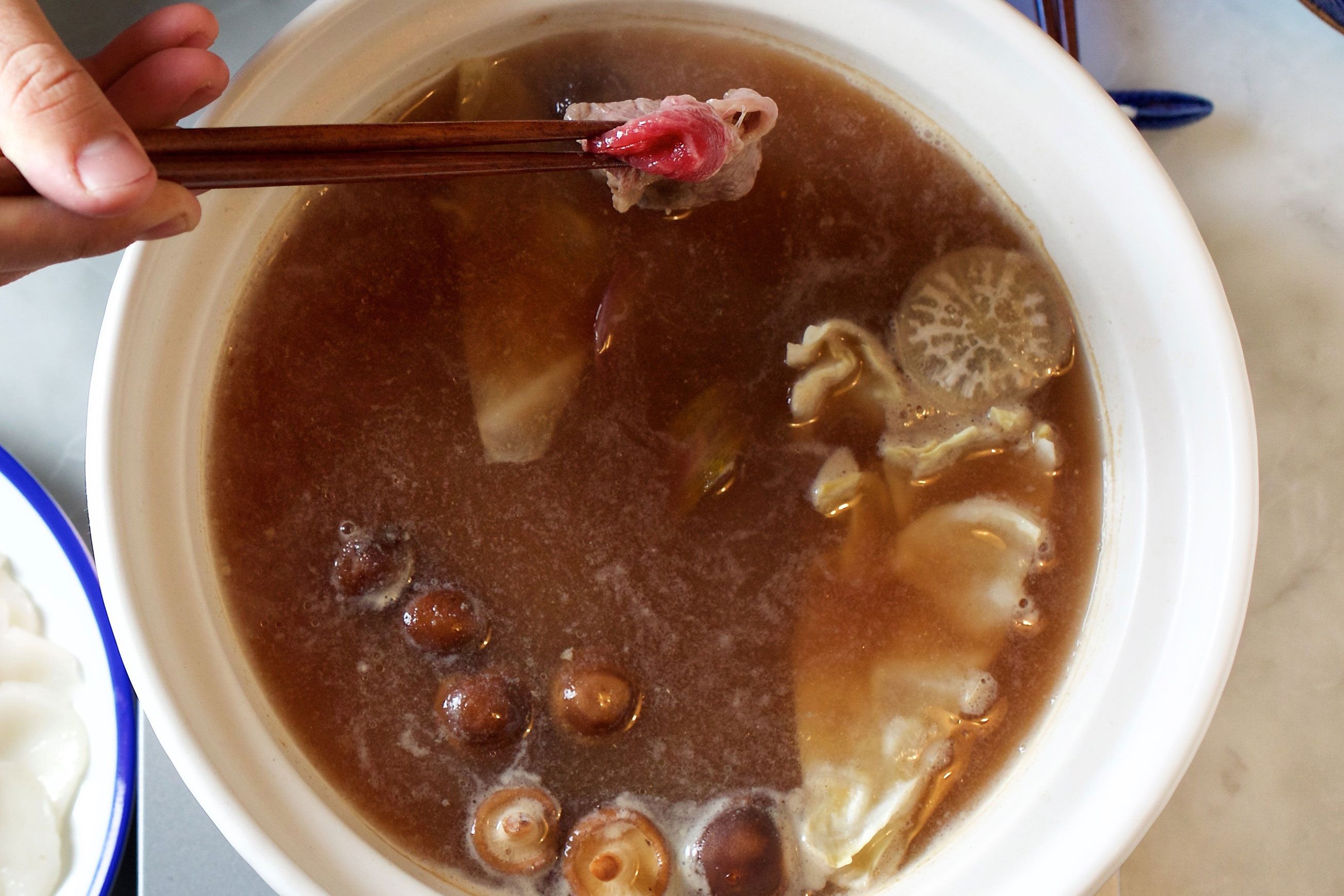
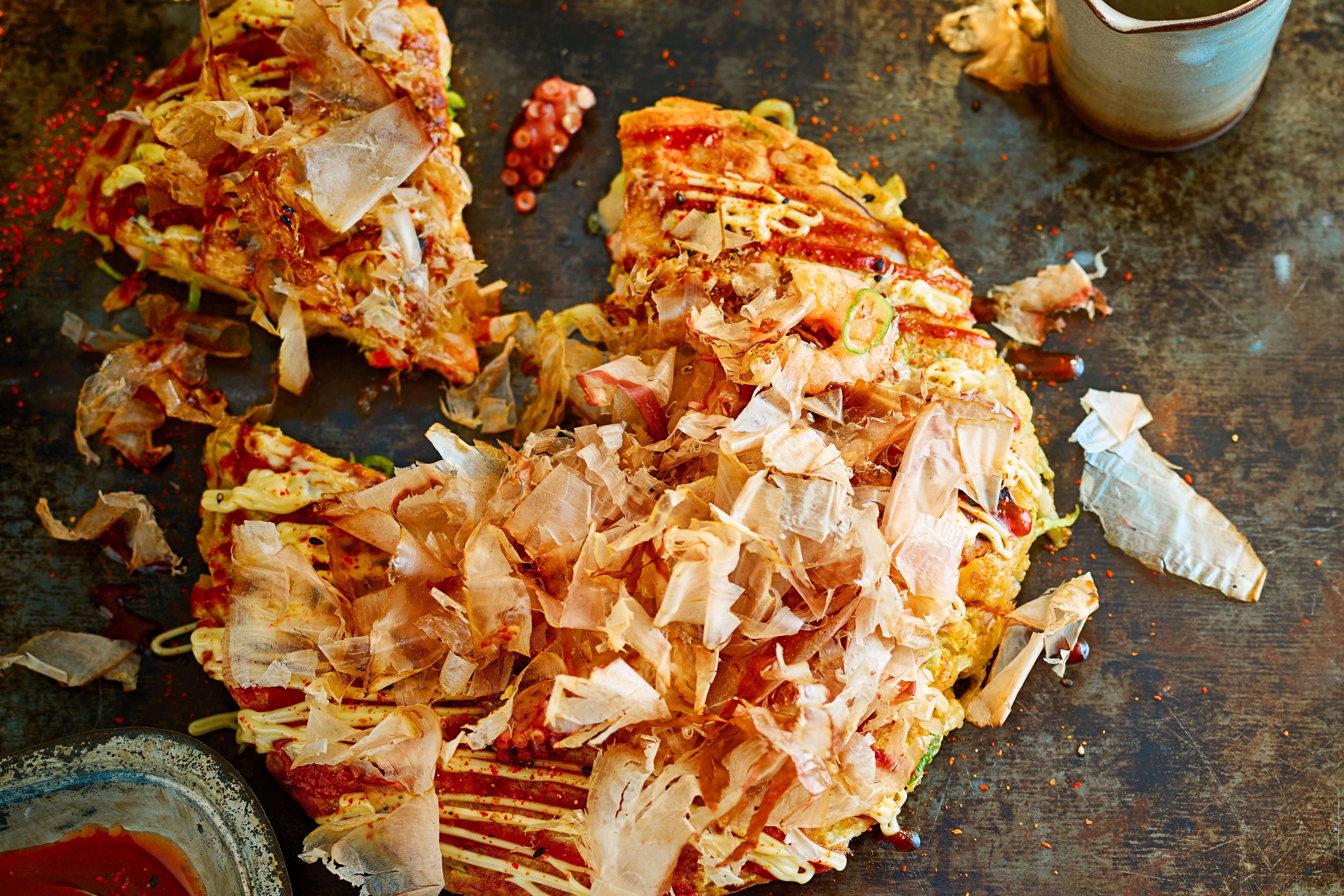
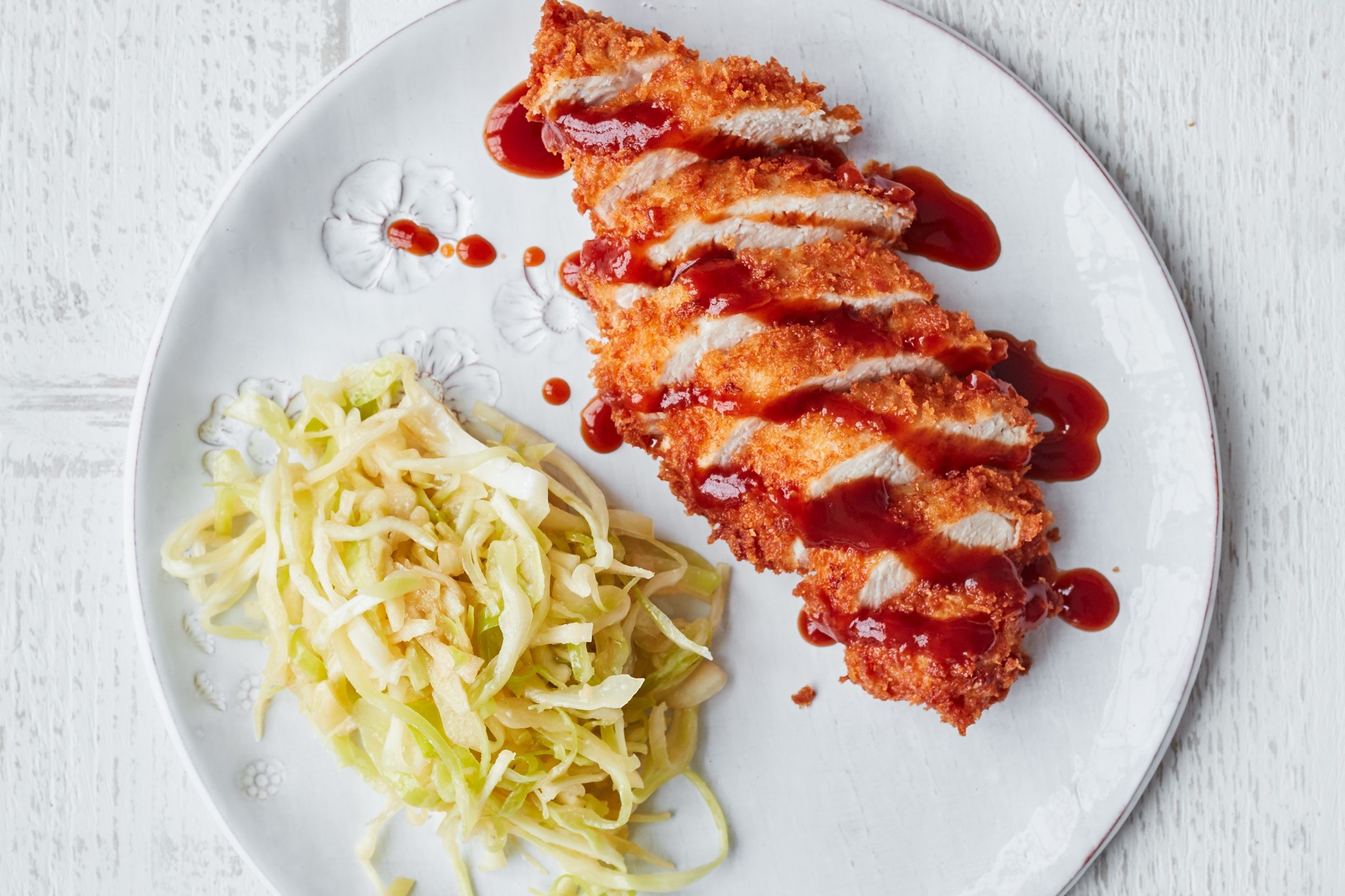
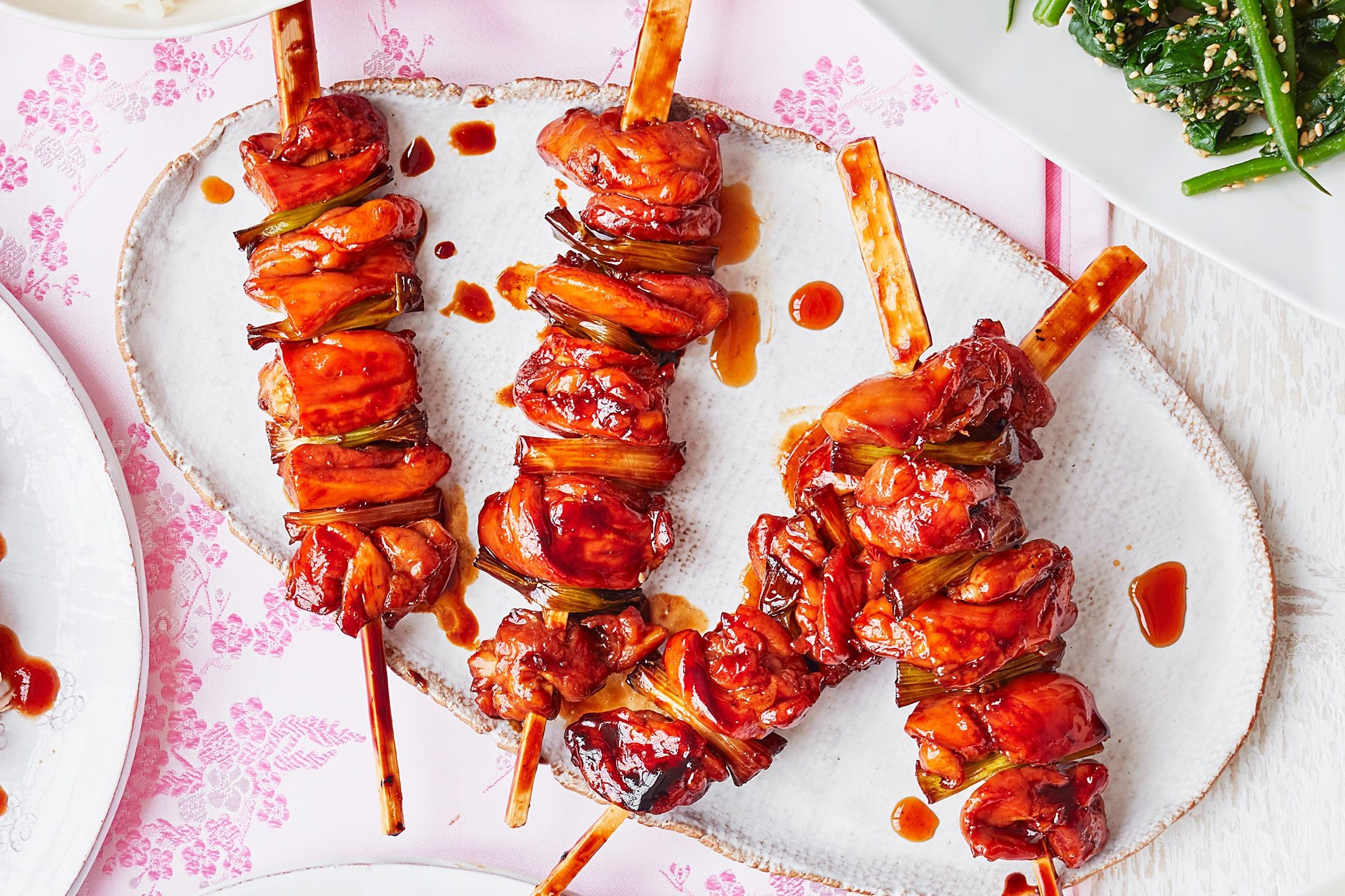
3. Unagi: A Summer Delicacy with Tradition
Unagi, or freshwater eel, is a beloved Japanese delicacy, particularly during the hot summer months. It’s believed to provide energy and stamina to combat the summer heat, according to traditional Japanese folklore.
Unagi is typically prepared by grilling it over charcoal and basting it with a sweet and savory sauce made from soy sauce, mirin, sake, and sugar. This process, known as kabayaki, gives the eel a rich, glossy glaze and a smoky flavor.
Health Benefits of Unagi:
- Rich in Vitamin A and Vitamin E
- High in Omega-3 fatty acids
- Good source of protein
Eating Unagi is a culinary experience steeped in tradition, from the preparation to the serving style.
4. Tempura: Light, Crispy, and Irresistible
Tempura is a deep-fried dish that showcases the Japanese talent for elevating simple ingredients. Seafood and vegetables are lightly coated in a batter made from flour, water, and egg, then deep-fried to a crisp, golden perfection.
The key to good tempura is the batter, which should be light and airy. The ingredients are quickly fried in hot oil, typically sesame oil, to create a crispy exterior while preserving the natural flavors and textures of the ingredients.
Tempura is often served with tentsuyu, a dipping sauce made from dashi, soy sauce, mirin, and grated daikon radish. It can also be enjoyed with a sprinkle of salt or a squeeze of lemon.
Tips for Making Perfect Tempura:
- Use ice-cold water to make the batter.
- Do not overmix the batter.
- Keep the ingredients cold before frying.
- Use hot oil (170-180°C).
- Do not overcrowd the fryer.
5. Kaiseki: A Culinary Symphony of the Seasons
Kaiseki is a traditional multi-course Japanese dinner that represents the pinnacle of Japanese haute cuisine. Originating from the tea ceremony in Kyoto, kaiseki is a culinary art form that emphasizes seasonality, presentation, and the harmony of flavors.
A kaiseki meal typically consists of a series of small, meticulously prepared dishes, each designed to showcase the freshest seasonal ingredients. The dishes are presented on exquisite crockery, with careful attention paid to color, texture, and arrangement.
A typical kaiseki menu might include:
- Sakizuke: An appetizer.
- Hassun: A course featuring seasonal delicacies.
- Mukozuke: Sliced raw fish.
- Takiawase: Simmered vegetables and meat or fish.
- Yakimono: Grilled dish.
- Su-zakana: A palate cleanser.
- Shokuji: Rice, miso soup, and pickles.
- Mizumono: Dessert.
According to “Kaiseki: Zen Tastes in Japanese Cooking” by Katsura Geppa, kaiseki is more than just a meal; it’s an experience that engages all five senses and reflects the Japanese reverence for nature and seasonality.
The Philosophy of Kaiseki:
- Seasonality: Using only the freshest ingredients that are in season.
- Harmony: Balancing flavors, textures, and colors.
- Presentation: Arranging the dishes artfully to enhance the dining experience.
- Respect: Showing respect for the ingredients and the guests.
6. Soba: Slurping Noodles with Tradition
Soba, thin buckwheat noodles, have been a staple of Japanese cuisine for centuries. They are particularly popular in mountainous regions where buckwheat grows well.
Soba noodles can be served hot or cold. Hot soba is typically served in a broth made from dashi, soy sauce, and mirin, with toppings such as green onions, tempura, or aburaage (deep-fried tofu). Cold soba is served on a bamboo mat with a dipping sauce on the side.
Health Benefits of Soba:
- Good source of fiber
- Rich in manganese and other minerals
- Lower in calories than wheat noodles
Soba noodles are a delicious and nutritious option for a light meal or a satisfying side dish.
7. Shabu-Shabu: A Hot Pot of Shared Delights
Shabu-shabu is a Japanese hot pot dish where thinly sliced meat and vegetables are cooked in a simmering broth at the table. The name “shabu-shabu” comes from the sound the ingredients make as they are swished back and forth in the broth.
Diners use chopsticks to cook the meat and vegetables in the broth, then dip them in a variety of sauces, such as ponzu (citrus-based sauce) or sesame sauce. Shabu-shabu is a communal dining experience that is perfect for sharing with friends and family.
Tips for Enjoying Shabu-Shabu:
- Cook the meat and vegetables in small batches to avoid overcrowding the pot.
- Do not overcook the meat. It should be cooked until just pink.
- Use separate chopsticks for cooking and eating to avoid cross-contamination.
- Enjoy the broth at the end of the meal. It will be rich with the flavors of the meat and vegetables.
8. Okonomiyaki: A Savory Pancake of Endless Possibilities
Okonomiyaki is a savory pancake that is often described as “Japanese pizza.” The name “okonomiyaki” means “grilled as you like it,” reflecting the dish’s customizable nature.
The base of okonomiyaki is a batter made from flour, eggs, and dashi. Ingredients such as cabbage, pork, seafood, and cheese are then added to the batter. The mixture is grilled on a hotplate and topped with okonomiyaki sauce, mayonnaise, dried seaweed, and bonito flakes.
Regional Variations of Okonomiyaki:
| Region | Key Ingredients | Unique Features |
|---|---|---|
| Osaka | Cabbage, pork, seafood | Ingredients mixed into the batter |
| Hiroshima | Cabbage, pork, noodles, egg | Layered ingredients, noodles cooked separately |
| Tokyo | Wheat flour, dashi, nagaimo | Monjayaki style, wetter consistency |
Okonomiyaki is a fun and delicious dish that is perfect for experimenting with different flavors and ingredients.
9. Tonkatsu: Crispy Pork Cutlet with a Western Twist
Tonkatsu is a breaded and deep-fried pork cutlet that was inspired by European cuisine in the late 19th century. However, the Japanese have perfected tonkatsu, using high-quality ingredients and meticulous techniques.
The pork cutlet is coated in flour, egg, and panko (Japanese breadcrumbs), then deep-fried until golden brown and crispy. Tonkatsu is typically served with shredded cabbage, miso soup, and rice.
Variations of Tonkatsu:
- Hirekatsu: Made with pork tenderloin.
- Rosukatsu: Made with pork loin.
- Menchi-katsu: Made with ground meat.
Tonkatsu is a satisfying and comforting dish that is enjoyed by people of all ages in Japan.
10. Yakitori: Skewered and Grilled to Perfection
Yakitori, grilled chicken skewers, are a popular street food and izakaya (Japanese pub) staple. Chicken pieces are skewered and grilled over charcoal, then seasoned with either shio (salt) or tare (a sweet soy sauce-based glaze).
Nearly every part of the chicken can be used for yakitori, from the thigh and breast to the skin, liver, and heart. Yakitori is often served with a side of friendly banter and a cold beer.
Popular Yakitori Skewers:
- Momo: Thigh meat.
- Negima: Thigh meat with green onions.
- Tsukune: Chicken meatballs.
- Kawa: Chicken skin.
- Reba: Liver.
Yakitori is a delicious and affordable way to experience Japanese cuisine and culture.
Unlock the Secrets of Japanese Cuisine with FOODS.EDU.VN
Are you eager to delve deeper into the world of Japanese cuisine? Do you crave authentic recipes, expert tips, and a deeper understanding of the culinary traditions that make Japanese food so special? Look no further than FOODS.EDU.VN.
At FOODS.EDU.VN, we provide a wealth of information on Japanese cuisine, including:
- Detailed recipes: Step-by-step instructions for preparing your favorite Japanese dishes at home.
- Ingredient guides: Comprehensive information on the key ingredients used in Japanese cooking, including where to find them and how to use them.
- Cooking techniques: Expert guidance on mastering essential Japanese cooking techniques, such as knife skills, sushi rolling, and tempura frying.
- Cultural insights: Explore the history, traditions, and cultural significance of Japanese cuisine.
Why Choose FOODS.EDU.VN?
- Reliable Information: Our content is curated by culinary experts and rigorously fact-checked to ensure accuracy and reliability.
- Easy-to-Follow Instructions: We break down complex recipes and techniques into simple, easy-to-follow steps.
- Inspiring Content: Discover new dishes, explore different regional cuisines, and expand your culinary horizons.
- Community Support: Connect with other food lovers, share your creations, and get your questions answered.
Don’t just eat Japanese food, understand it. Visit FOODS.EDU.VN today and embark on a culinary adventure that will transform your understanding and appreciation of this remarkable cuisine.
Contact Us:
- Address: 1946 Campus Dr, Hyde Park, NY 12538, United States
- WhatsApp: +1 845-452-9600
- Website: FOODS.EDU.VN
FAQ About What Food is in Japan:
-
What are the most popular Japanese dishes?
Some of the most popular Japanese dishes include sushi, ramen, tempura, okonomiyaki, and yakitori.
-
What is the key ingredient in Japanese cuisine?
Dashi, a broth made from dried kelp and bonito flakes, is a fundamental ingredient in many Japanese dishes.
-
Is Japanese food healthy?
Japanese cuisine often emphasizes fresh, seasonal ingredients and healthy cooking methods, making it a nutritious choice.
-
What is umami?
Umami is one of the five basic tastes, often described as savory or meaty. It is a key element in Japanese cuisine, derived from ingredients like dashi and soy sauce.
-
What is the etiquette for eating Japanese food?
Proper etiquette includes using chopsticks correctly, not sticking chopsticks upright in rice, and saying “itadakimasu” before a meal and “gochisousama deshita” after.
-
What is the difference between sushi and sashimi?
Sushi refers to vinegared rice, which can be served with various toppings, including fish. Sashimi is simply thinly sliced raw fish served without rice.
-
What are some popular Japanese desserts?
Popular Japanese desserts include mochi (rice cakes), dorayaki (pancakes with sweet bean filling), and matcha-flavored sweets.
-
What is sake?
Sake is a Japanese rice wine, brewed from fermented rice. It is often served warm or chilled and pairs well with many Japanese dishes.
-
What is miso?
Miso is a fermented soybean paste that is used as a seasoning in many Japanese dishes, including miso soup and marinades.
-
Where can I learn more about Japanese cuisine?
Visit foods.edu.vn for in-depth articles, recipes, and cultural insights into the world of Japanese cuisine.